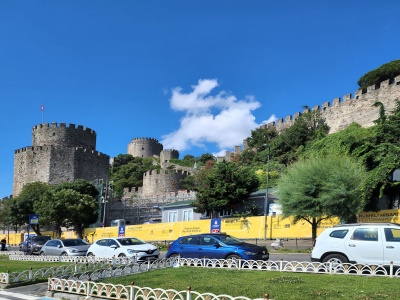Day 6 7/12/22
Istanbul
Frank's Trip
CLICK on any image to enlarge - use mouse cursor to move enlargement it if doesn't fit area
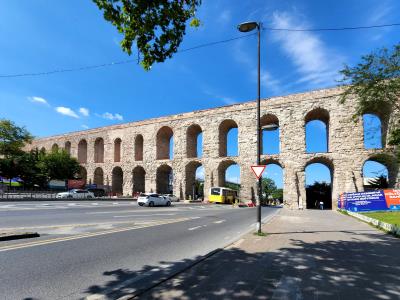
Water... as simple as turning on a faucet...
I was able to get fairly up close and personal with a Roman aqueduct today. For almost as long as mankind has formed and lived in communities, they have worked out ways of providing for a constant source of water and, after that, a more convenient one to use. If one takes the time to understand what it has taken to get the water "to the people", such as with this aqueduct, it is amazing! It really takes getting up next to it, under one of the arches, to appreciate how massive this is. One of those things we couldn't imagine doing without and, still, never give a second thought to...
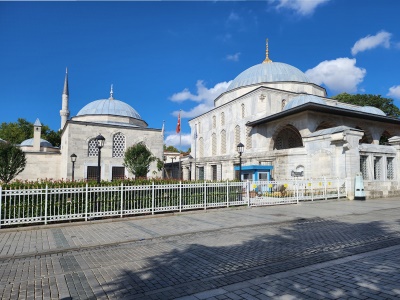
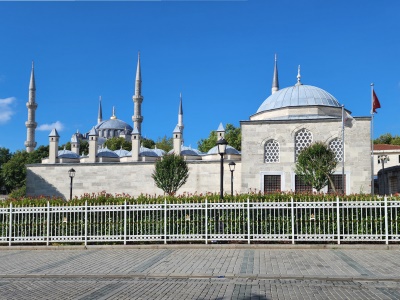
Sultanahmet Camii (The Blue Mosque ) is reputedly one of the most magnificent buildings in Turkey - the biggest mosque in Istanbul.
Unfortunately for me, the Blue Mosque was undergoing extensive renovations inside and out. I did get a couple pictures inside and outside.
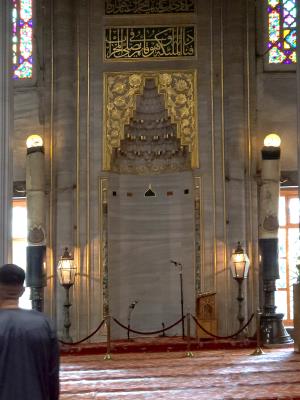
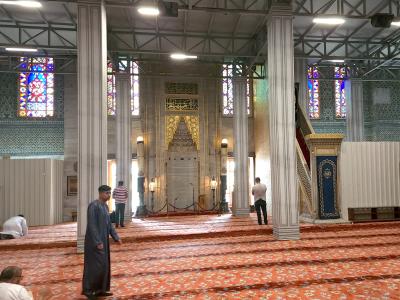
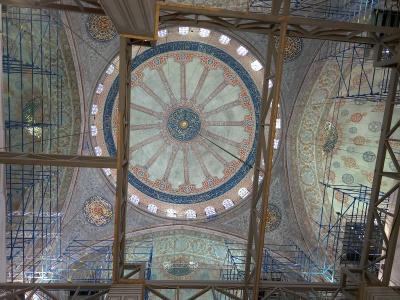
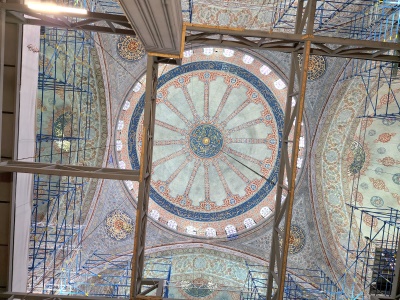
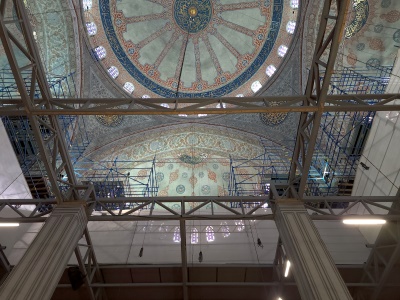
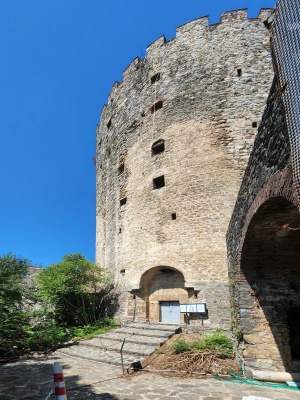
Rumeli Fortress
Constructed in the 15th century with the order of Sultan Mahomet the 2nd, the fortress is the biggest fortress that is still standing on the Bosporus. It was originally functioning as a base to rule the conquest of Istanbul with a secondary purpose of controlling the trade between the Sea of Marmara and The Black Sea.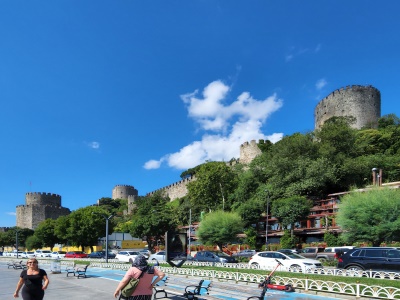
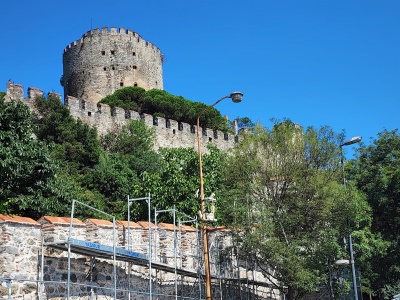
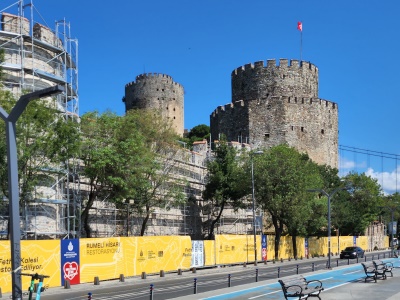
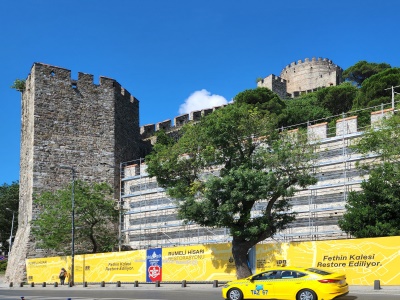
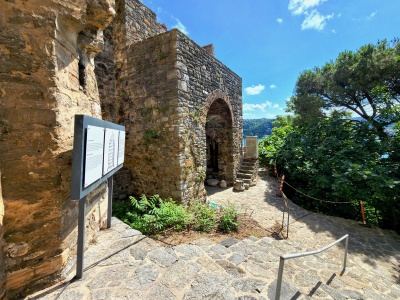
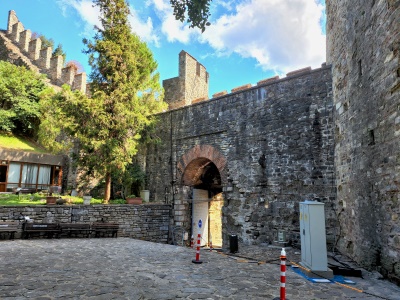
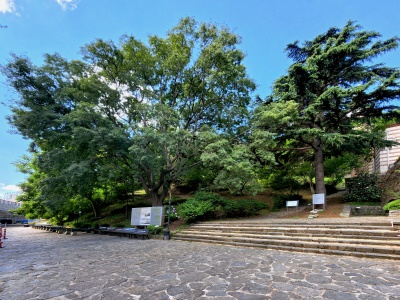
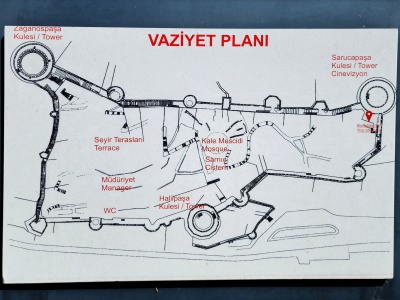
While it is open to the public, he trails are limited, steep, and difficult. And at the end, there is only one trail that even offers something to see.
Care must be taken throughout. The paths and steps are old, rough, uneven and very steep and can easily lead to a serious fall and injury
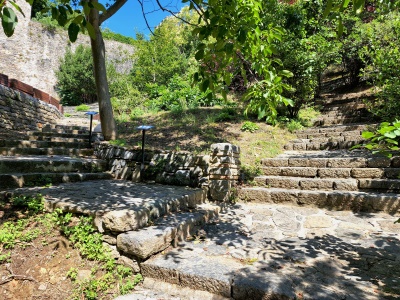
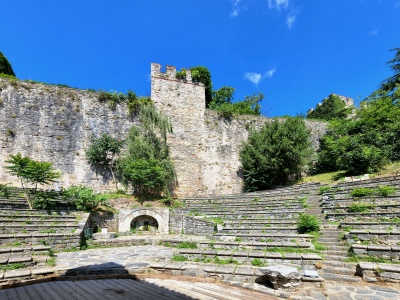
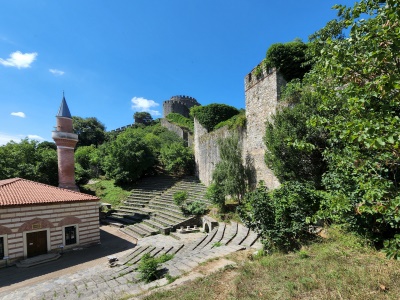
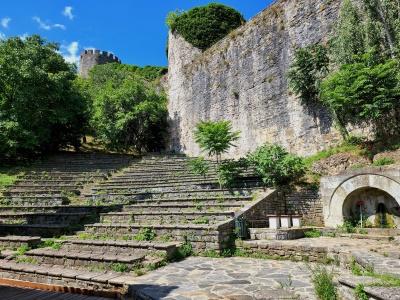
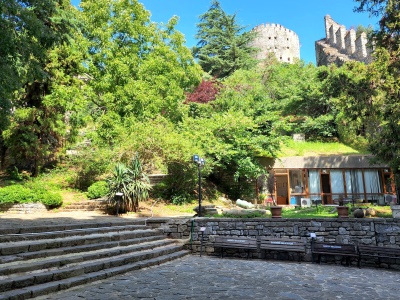
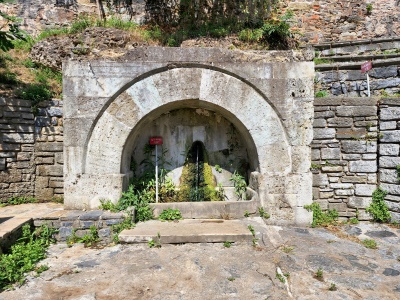
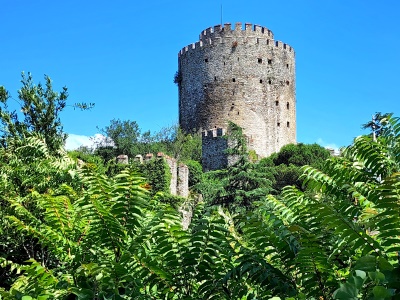
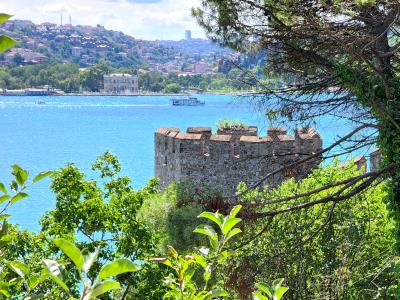
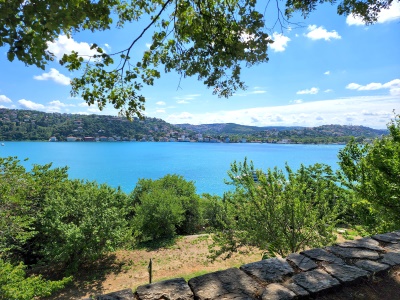
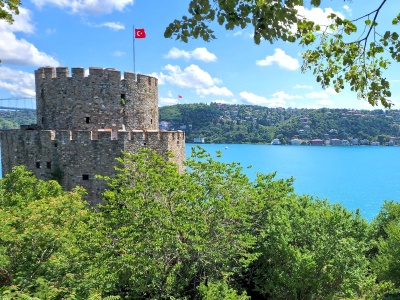
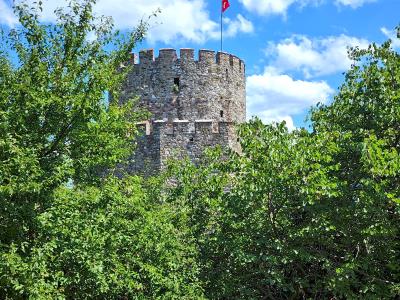
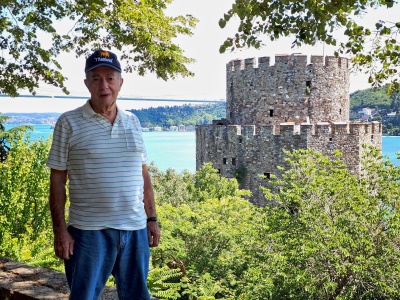
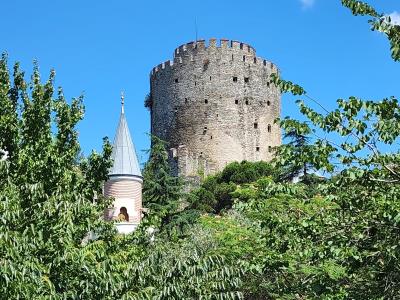
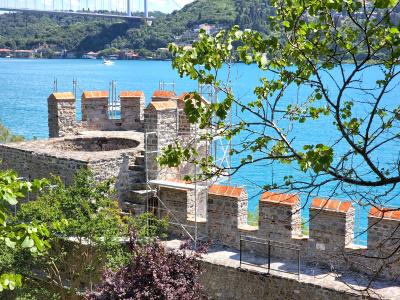
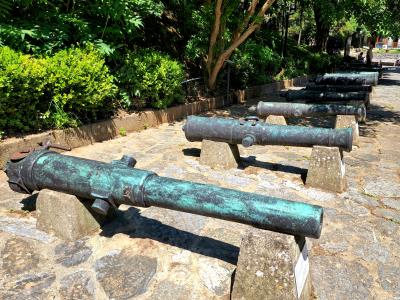
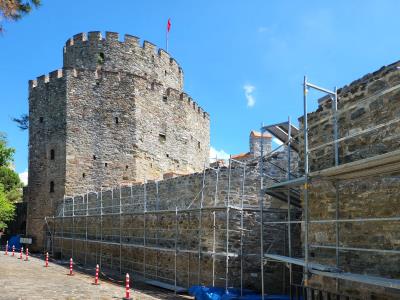
I can't imagine the towers ever being opened to the public. Aside from surely astounding amounts of reconstruction that would be needed, I question whether people would want to make the climb. This fortress is on a steep hillside, so everything is a climb to begin with... add climbing the towers?
The knights and ladies of old who inhabited this place must have been a hearty breed to move about day-to-day over the steep terrain and many stairways that would have been their lot.
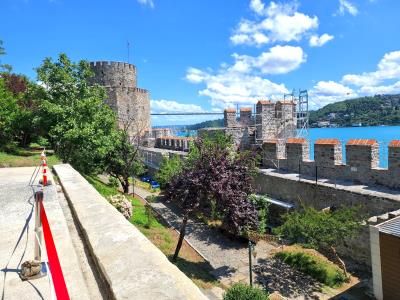
Karaköy-Tünel Funicular
The Karaköy-Tünel Funicular allows you to go quickly and easily avoid climbing the slopes to get in neighborhoods like Galata. It also allows you to avoid the quite steep downhill walk.
The Tünel funicular is the second oldest underground transport after the London metro.
1,941 feet long, 202 feet rise/fall (depending on direction) between stations.
The Sultan Abdülaziz gave permission for construction to begin in 1869 and the funicular was inaugurated on the 17th of January 1875.
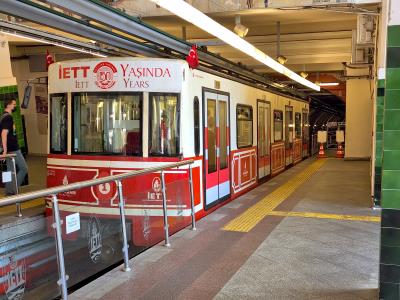
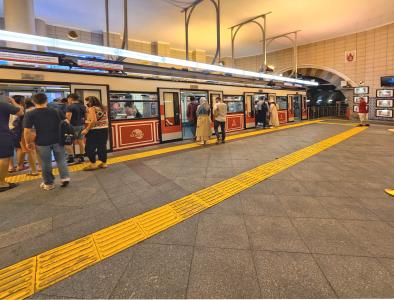
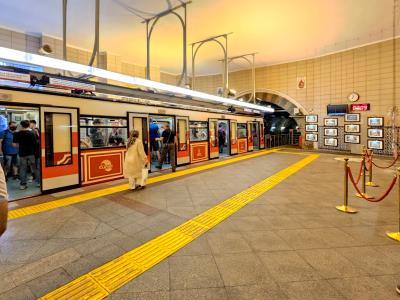
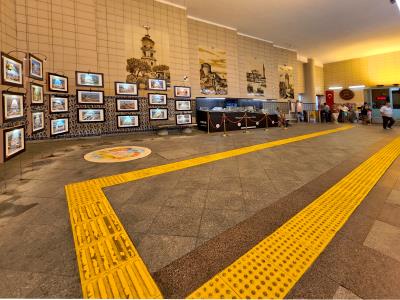
View basically looking over driver's shoulder at tunnel and tracks during trip
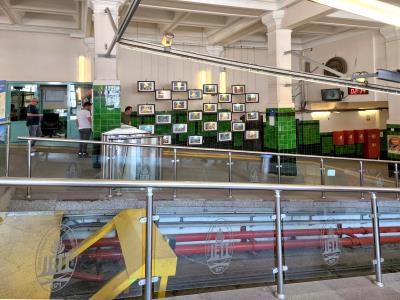
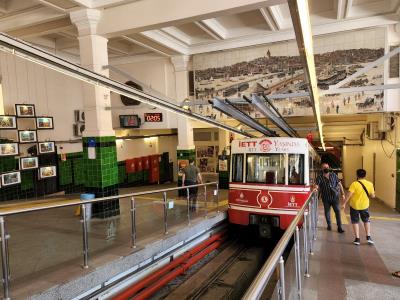
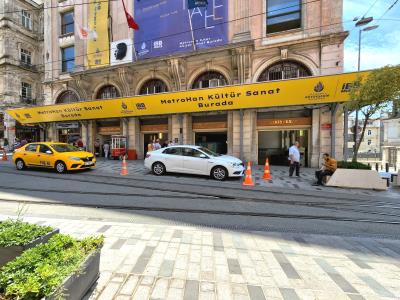
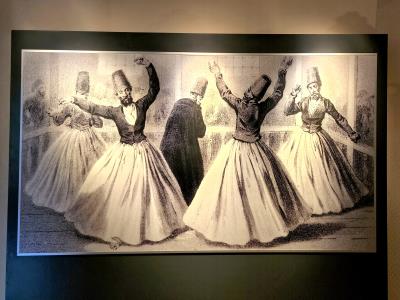
Galata Mevlevi Lodge Museum
The Galata Mevlevi House Museum, or tekke, is a widely known and authentic Mevlevi Whirling Dervish hall.
Now a museum, this was a dervish lodge in the Ottoman era. This was the first Mawlawi dervish lodge established within the boundaries of today's Istanbul in 1491.
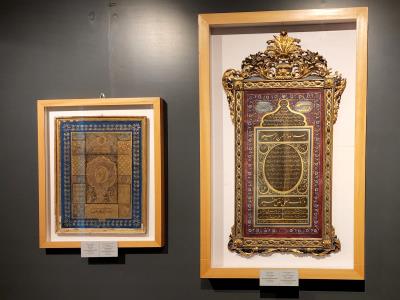
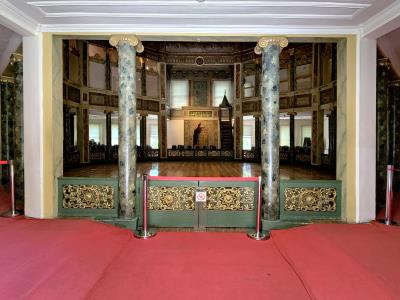
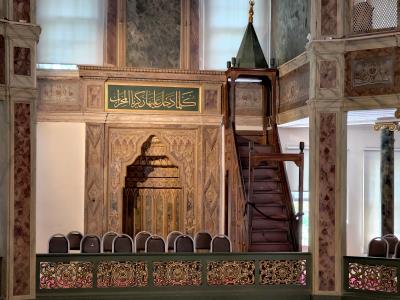
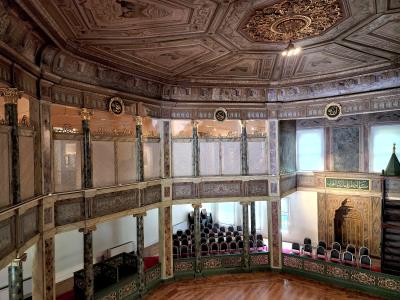
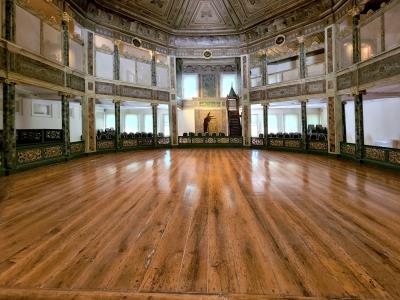
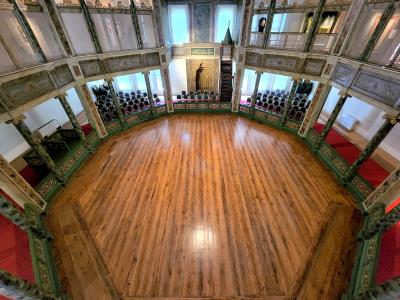
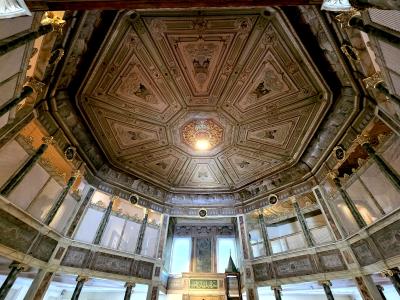
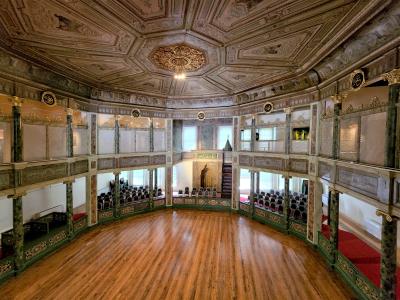
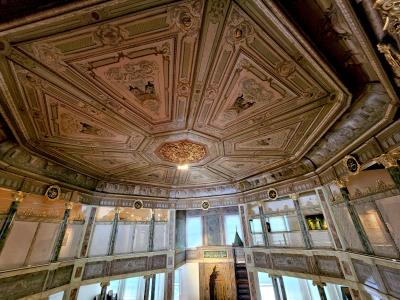
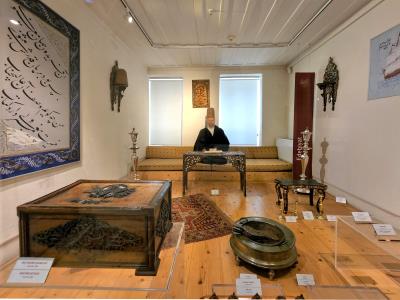
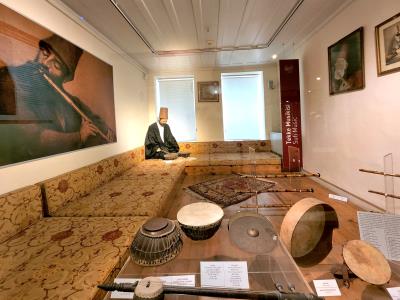
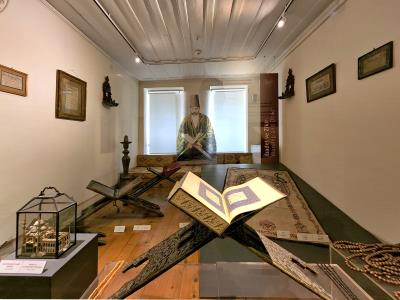
The museum features rooms with scenes of what it may have looked like as prominent historic figures of the order worked. Displays also include calligraphy, music, clock making, and other arts and crafts. Tombs of the prominent are also present on the property as well as a cemetery and gravestones of the somewhat less prominent.
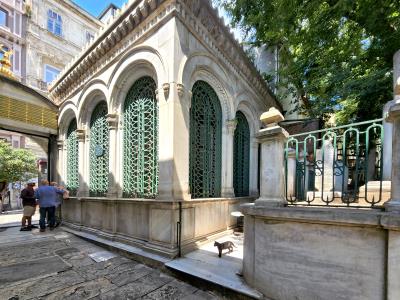
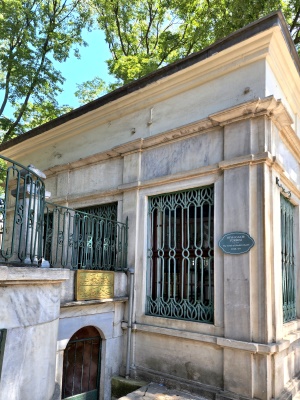
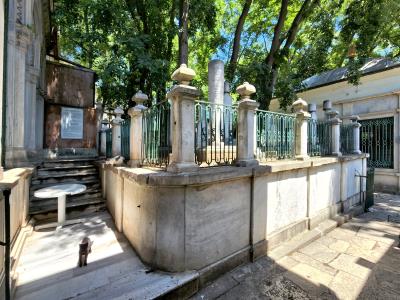
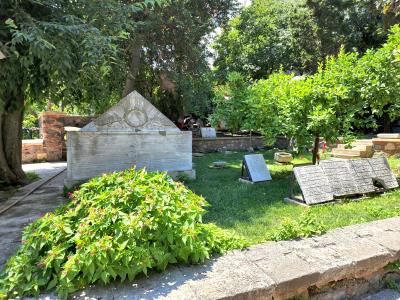
Sema Ceremony
Whirling dervish ceremonies are performed every Sunday at 6PM and duration of the show is 1 hour. Unfortunately, timing didn't permit me to get to one of these performances.
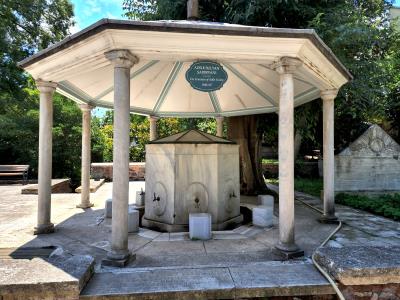
Galata Tower
220 feet tall Byzantine tower & restaurant
Considered among the oldest towers in the world and one of the symbols of Istanbul, Galata Tower provided excellent surveillance from inside the walls of the city and had crucial military importance. It was also later used as a fire detection tower during the Ottoman Empire before it was converted into a prison during the rule of Sultan Suleiman 'The Magnificent'.
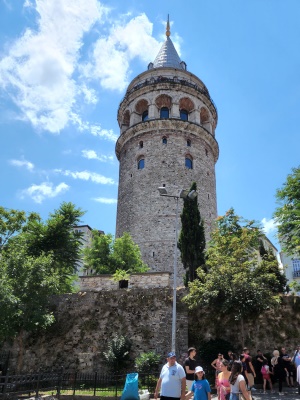
Galata Tower was first built by the Byzantine Emperor Justinianos in 507-508 AD. The Genoese rebuilt the current tower in 1348-49. The tower has been modified over the centuries, today its upper reaches include a café, restaurant and a night club, reached by elevator in the nine-story building, where one can find the stunning vistas.
I went twice, but the crowds and lines waiting to get in were massive... I wasn't willing to wait it out.
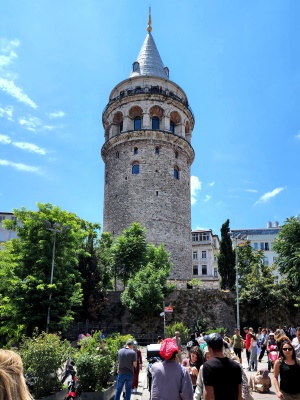
The Walls of Constantinople are a series of defensive stone walls that have surrounded and protected the city of Constantinople (Istanbul) since its founding as the new capital of the Roman Empire by Constantine the Great. With numerous additions and modifications during their history, they were the last great fortification system of antiquity, and one of the most complex and elaborate systems ever built.
The walls were largely maintained intact during most of the Ottoman period until sections began to be dismantled in the 19th century, as the city outgrew its medieval boundaries. Despite lack of maintenance, many parts of the walls survived and are still standing today. A large-scale restoration program has been underway since the 1980s.
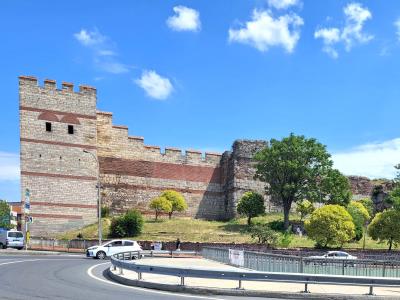
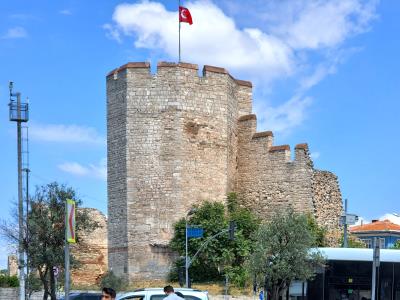
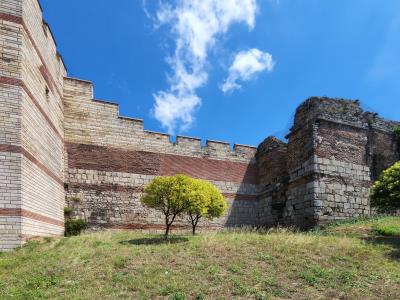
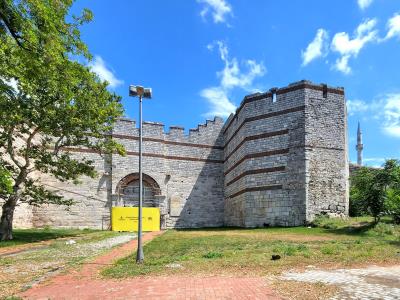
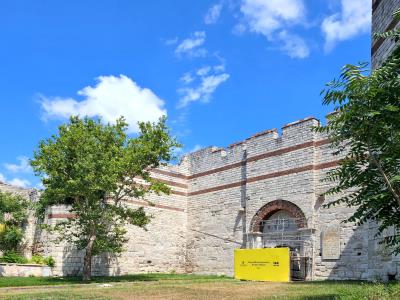
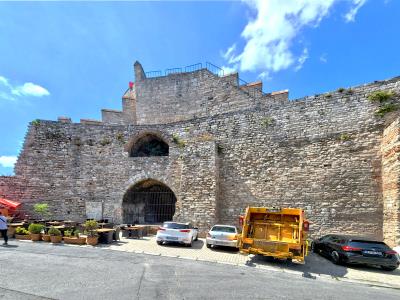
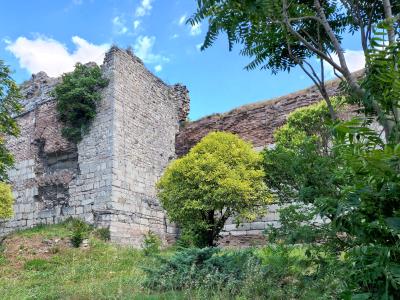
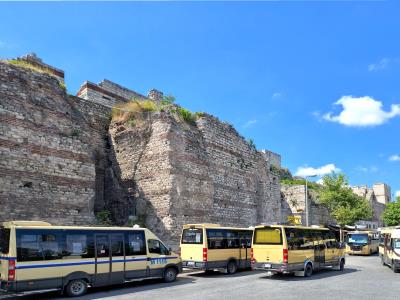
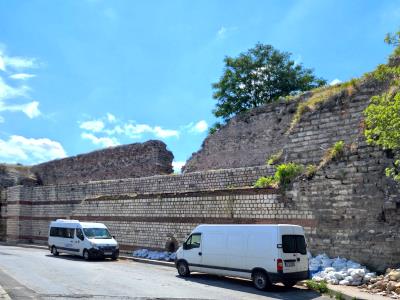
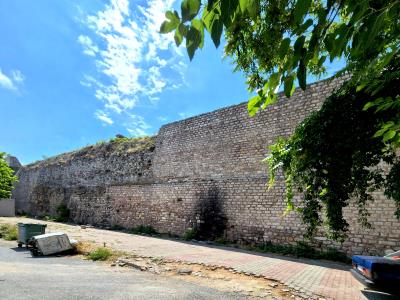
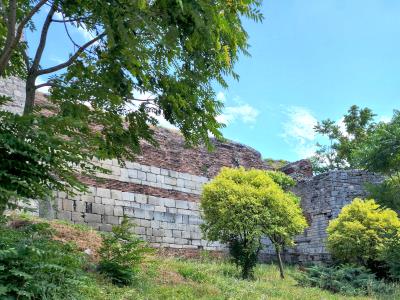
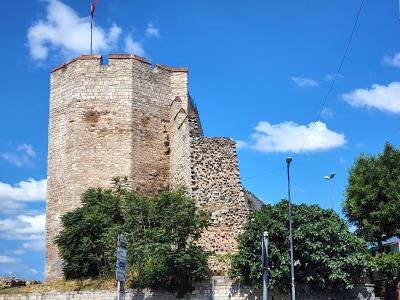
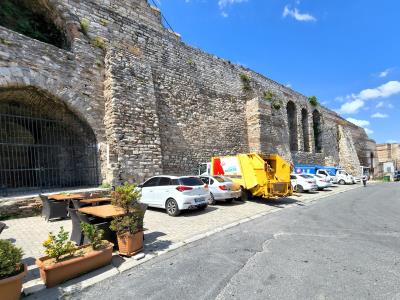
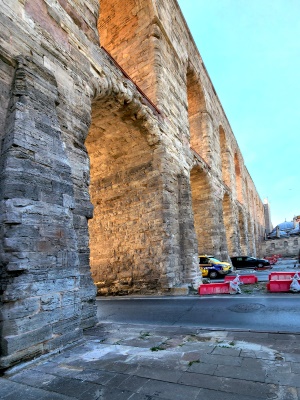
An aqueduct is a structure for constant supply of water into a city and its people. They consist of underground water channels, water pipes, tunnels, and aqueduct bridges. Valens Aqueduct - approximately 920 meters long - is one of the aqueduct bridges of Valens Aqueduct System bringing water from Thrace to Constantinople (Byzantine Istanbul), approximately 240 kilometers distance. The aqueduct was a prime source of water for the cisterns of Constantinople.
The Valens Aqueduct is one of the largest structures of Istanbul; it is 0ver 3,000 feet long and 98 feet high.
It took 28 years (345 - 373 AD) to build the Valens Aqueduct System and latest research on the aqueduct has suggested that - with its branches - it was 208 miles long, nearly three times longer than the known length of any Roman water supply.
The Valens Aqueduct was repaired and restored many times both in Byzantine and Ottoman periods, and it functioned almost 1400 years until the 18th century.

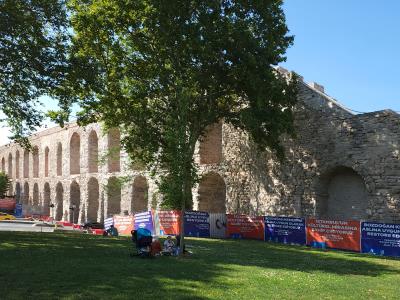
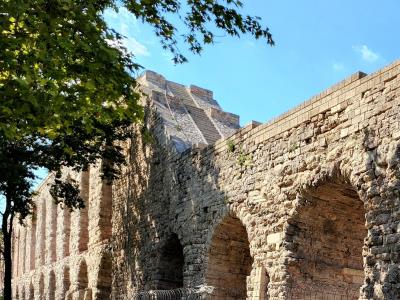
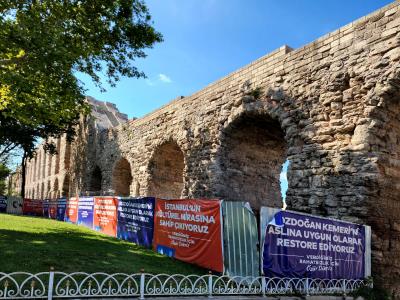
 The Blue Mosque
The Blue Mosque 